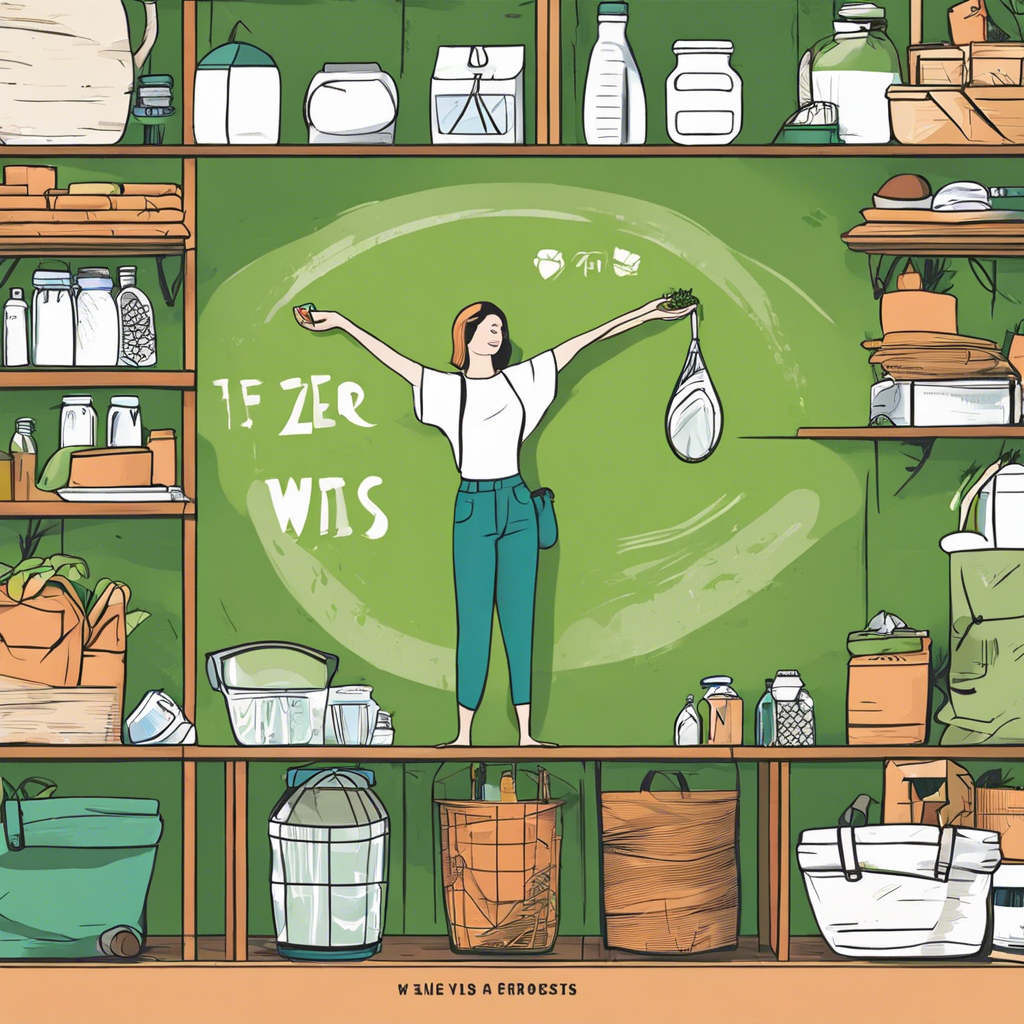Composting is a fantastic way to reduce waste, improve your garden, and benefit the environment. It might seem intimidating to start, but with the right tools and knowledge, anyone can become a master composter. So, if you’re interested in turning your kitchen and garden scraps into nutrient-rich food for your plants, read on for a beginner’s guide to composting.
The first step to composting is deciding on a compost bin or system that works for you. There are many options available, from purchasing a ready-made compost bin to building your own from materials like wood or recycled plastic. When choosing a bin, consider the amount of space you have available and the volume of organic waste you expect to produce. You’ll also need to decide between a stationary bin, which stays in one place, or a tumbling bin, which can be rotated to mix the compost more easily.
Once you have your bin, it’s time to start collecting your compost materials. This can include fruit and vegetable scraps, coffee grounds, eggshells, and yard waste like grass clippings and leaves. It’s important to avoid adding meats, dairy products, fats, or oils to your compost, as these can attract pests and cause unpleasant odors. Aim for a balance of green (nitrogen-rich) materials, like grass clippings and vegetable scraps, and brown (carbon-rich) materials, such as dry leaves and cardboard.
When adding scraps to your bin, try to layer them evenly and sprinkle water between layers to maintain moisture. Maintaining the right moisture level is crucial to the composting process. Your compost should feel like a damp sponge, so add water periodically or cover your bin to prevent it from drying out. Turning your compost pile every few weeks with a pitchfork or shovel will also help speed up the decomposition process by introducing oxygen.
As your compost matures, you’ll notice it starts to shrink and take on a rich, dark color. This is a sign that microorganisms are doing their job and breaking down the organic matter. After several months, you’ll have nutrient-rich compost ready to use in your garden.
Using compost in your garden beds or as a top dressing for lawns will improve soil structure, increase water retention, and provide valuable nutrients to your plants. Compost can also be used to make a nutrient-rich liquid fertilizer known as compost tea.
Starting your compost journey doesn’t have to be complicated. With the right bin, a balanced mix of green and brown materials, and a bit of maintenance, you’ll be well on your way to producing your own homemade compost. Not only will you be reducing waste and helping the environment, but you’ll also be giving your garden a natural boost. So, what are you waiting for? Get composting!
Remember to always follow local guidelines and regulations regarding composting, especially if you plan to compost food scraps, as some municipalities have specific guidelines for this practice. Happy composting and contributing to a greener world!
I hope this article will inspire many readers to take on composting and benefit their gardens and the environment.

